It took four years for me to start to re-frame my lived experience in terms of barriers that society presents rather than my own inadequacy. The first signs of my disability started in 2013, the year that Second Hand Dance was constituted as a company. I experienced pain in my fingers and difficulty standing or walking for long periods. By 2017, the increased pain and fatigue that was affecting my ability to walk, work, socialize, cook, shower and generally function.
Since then, I have gone through a lot of highs and lows and received generous support from friends and colleagues in reframing my identity using the social model of disability to understand the barriers I experience. Developed by disabled people, this model states that disability is created by physical, organizational, and attitudinal barriers. An individual is disabled because of these barriers and not because of their impairment or difference. The social model advocates for society to identify and eliminate these barriers, thus enabling disabled people to be included and enjoy more independence, choice and control.
I provide a clear access rider that sets out my needs, and my company structure is built around my support, but my access requirements are still likely to send partners, venues, and festivals we work with into a tailspin.
I’m now proud to call myself disabled, but I’m still at a place on my journey where self-advocacy is difficult and internalized ableism is a daily feature. I provide a clear access rider that sets out my needs, and my company structure is built around my support, but my access requirements are still likely to send partners, venues, and festivals we work with into a tailspin. Trying to accommodate my needs last minute can be tricky. For example, I need a support worker to accompany me for longer distances with my mobility scooter. I sometimes need to find a quiet space to lie down in public buildings, which is not always easy without prior planning. This can make me feel frustrated with myself or spiral into thinking I should quit working in dance.
It is, however, important to acknowledge the huge journey it can take for someone to understand and accept a changing condition. The phrase “no pain, no gain” is common in the dance industry. Trainee dancers are taught to push through discomfort, that if they don’t work “hard,” they won’t “make it.” As someone with an energy limiting and pain condition, these are just things that I can’t do. Pushing through pain results in increased pain levels. Sometimes my energy limits are finite, and I can’t just keep going without risking my physical and mental health. The competitive nature of opportunities and funding compounds the challenge of self-advocacy within the arts sector.


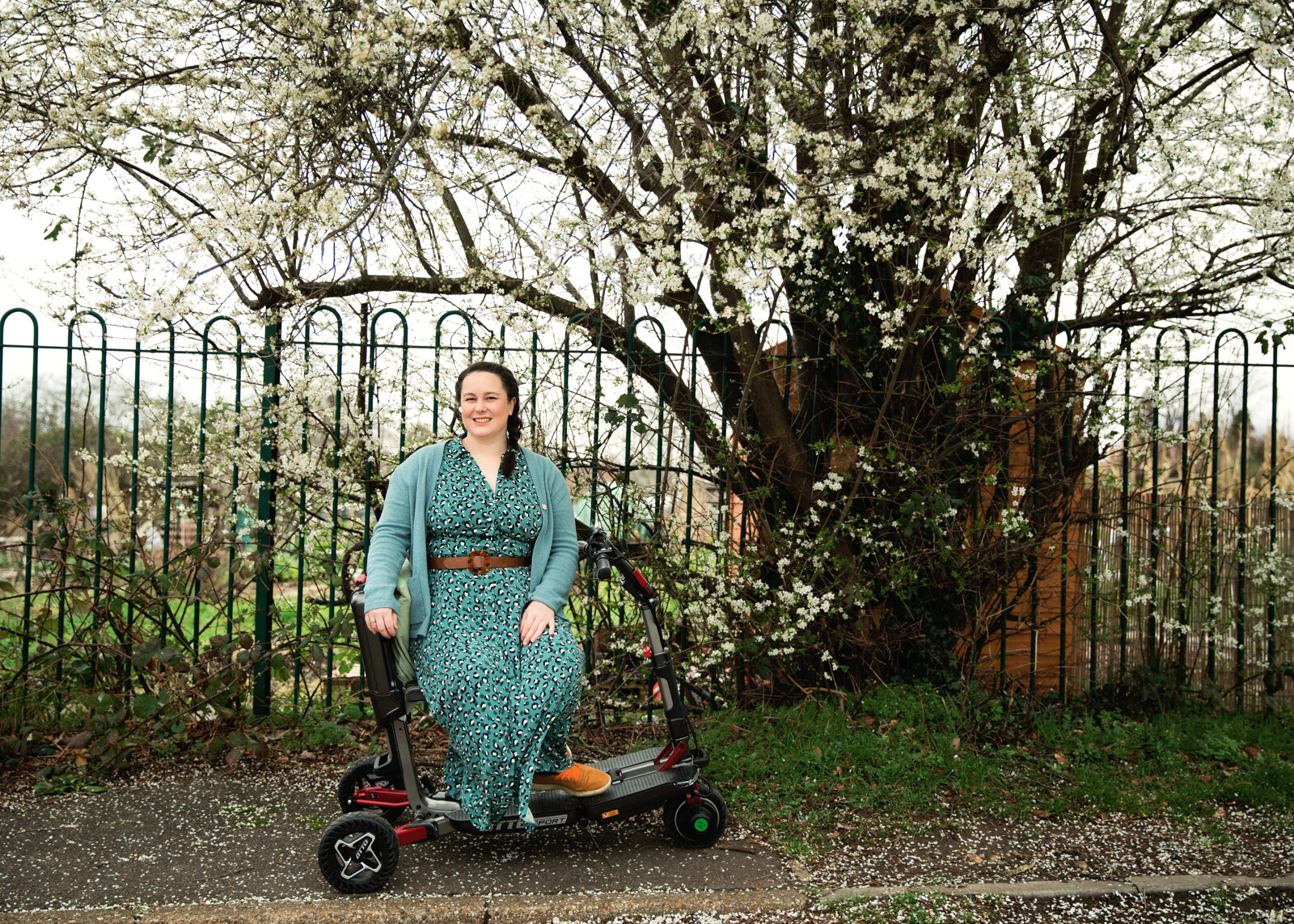
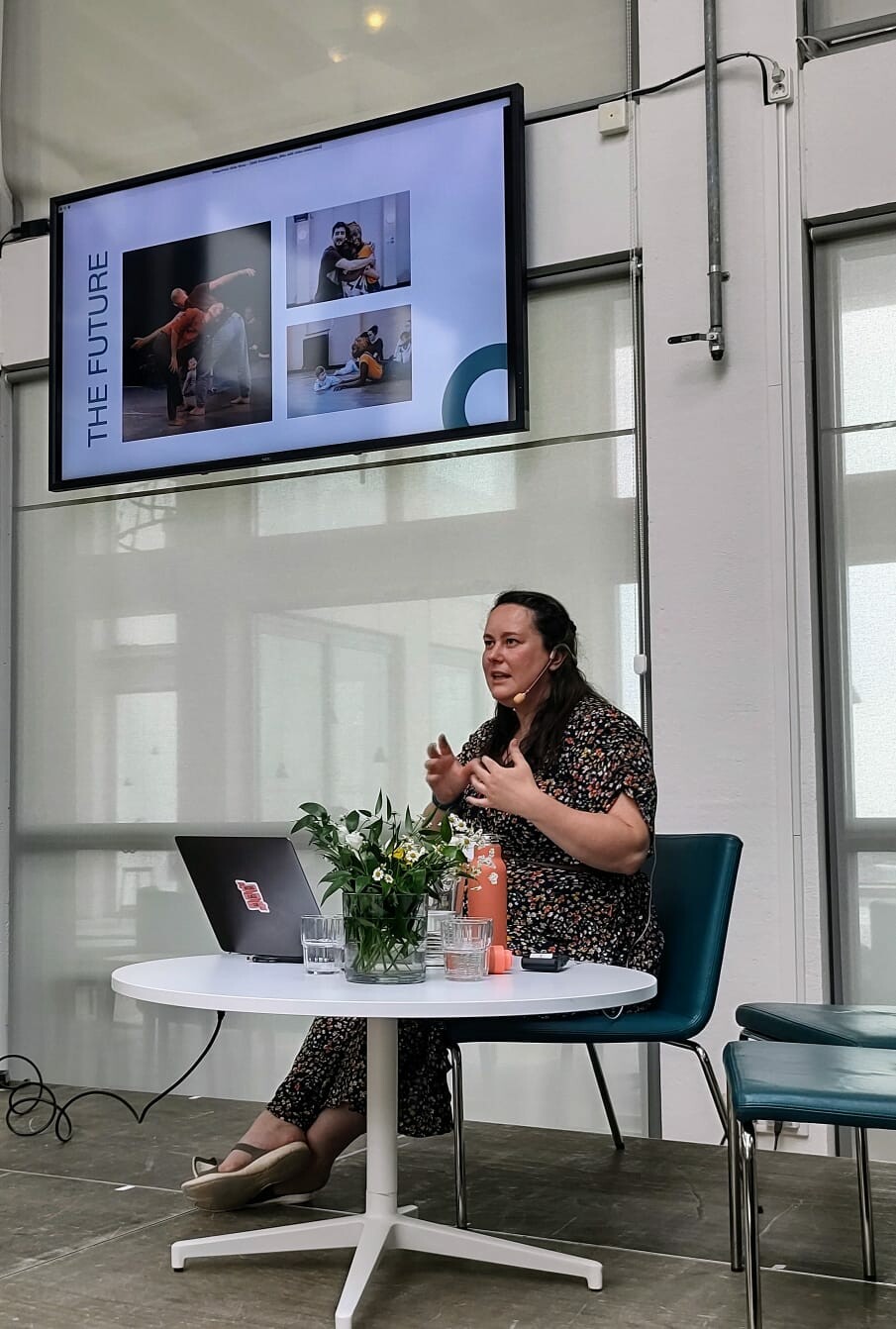

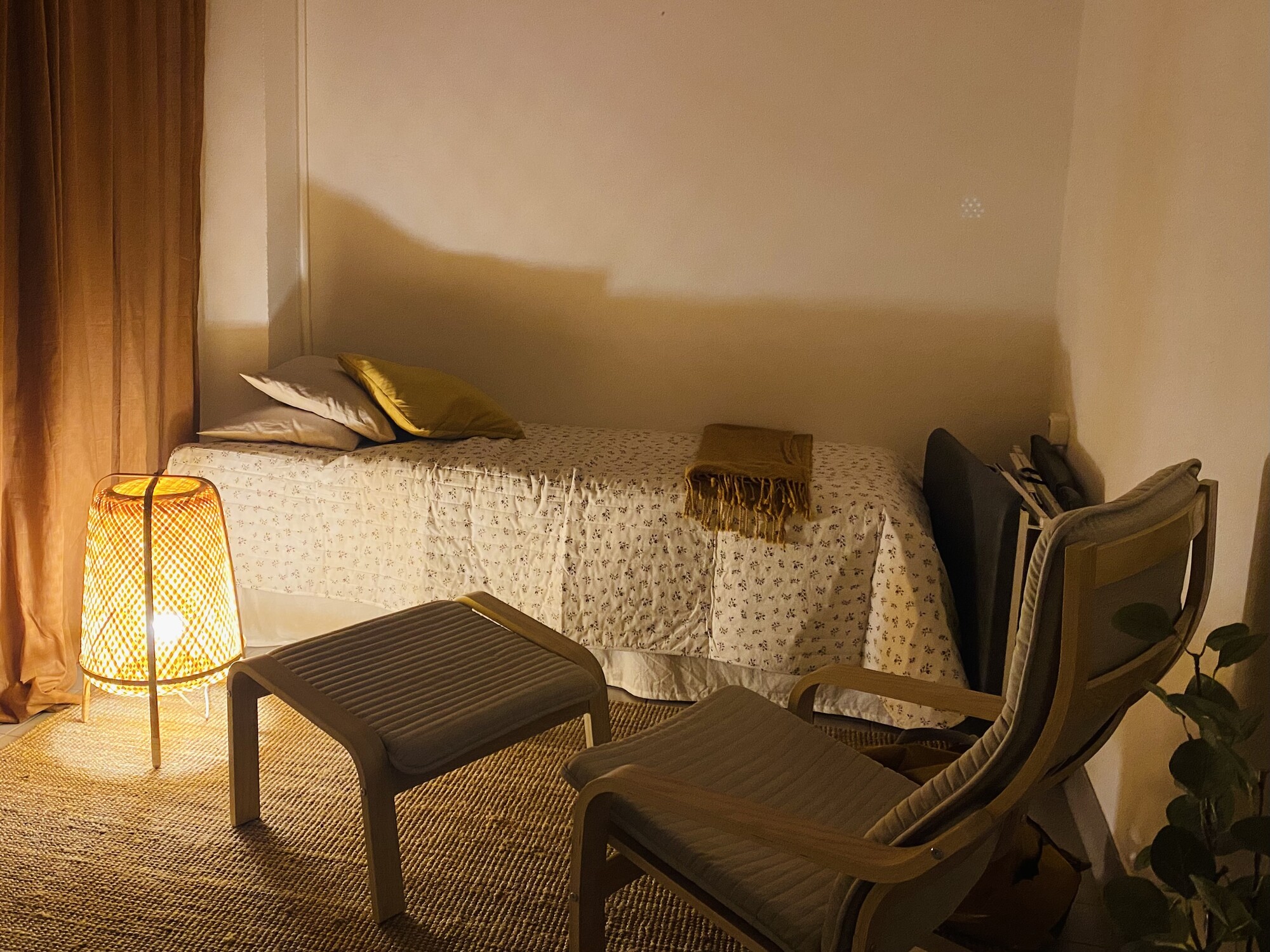
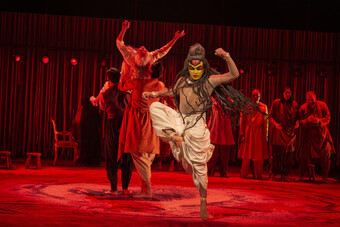


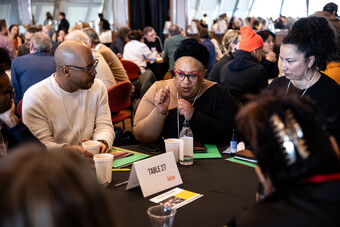

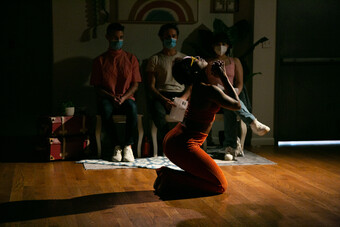

Comments
The article is just the start of the conversation—we want to know what you think about this subject, too! HowlRound is a space for knowledge-sharing, and we welcome spirited, thoughtful, and on-topic dialogue. Find our full comments policy here